Your Cart is Empty
Call, Text or Chat Mon-Friday 10AM-5PM CST : 1-844-WILDOAK
Menu
-
- Deals & Promos
- Homesteading
- Living Off The Grid
- Off Grid Toilet
- Composting Toilets
- Incinerating Toilet
- Chicken Coops
- Greenhouses
- DIY Shed Kits
- Barndominium Kit
- Garage Kits
- Poultry Processing
- Dog Kennels
- BeeKeeping
- EMP & Signal Protection
- Emergency Food Kits
- Freeze Dryers
- Solar Generators, Panels and Batteries
- Solar Fridge & Freezers
- Propane Wall Heater
- Water Filtration
- Coolers and Cooking
- Gazebos
- Portable Sauna
- Camping Cot
- Hunting Blind
- Canvas Tents
- Prepping
- Overlanding Gear
- Composting Toilets
- Solar Generators
- Brands
- Chicken Coop Brands
- Composting Toilet Brands
- Solar Brands
- Food Storage Brands
- Freeze Dryer Brands
- Water Filtration Brands
- Incinerating Toilet
- Dry Flush Toilet Brands
- Waterless Toilet Brands
- Heater Brands
- EMP Shield Brands
- Tent Brands
- Cot Brands
- Cooler Brands
- Stove & Grill Brands
- Dog Kennels
- Greenhouse & Gazebo Brands
- Portable Saunas
- DIY Shed Kits
- About Us
- Resource Center
- The Ultimate Prepper & Emergency Survival Blog - Includes Free eBook
- Beginners Guide to Living off The Grid - Includes Free eBook
- Building Your Own Emergency Food Supply
- Best Survival Food to Be Prepared for Anything
- Berkey Lab Tests & Certifications
- Federal Solar Tax Credit - What You Need to Know
- BLOG
-
- 1-844-945-3625
- Login

Call, Text or Chat Mon-Friday 10AM-5PM CST : 1-844-WILDOAK
How to Start a Fire Without a Lighter
by Patricia Turla 8 min read
While hiking deep into the woods, your lighter is suddenly lost, or its fluid runs out. Knowing how to start a fire without matches or a lighter becomes essential in such scenarios. Camping trips often expose you to wet conditions where traditional fire starters fail.
Survival situations, power outages, or natural disasters can leave you without access to modern fire-starting tools. Ensuring you're always prepared, regardless of the circumstances, requires understanding different fire-starting methods.
Key Takeaways
Methods to start a fire without a lighter:
- Magnifying Glass: Focus sunlight on dried tinder to ignite it.
- Bow or Hand Drill: Use friction by spinning a spindle against a hearth board to create an ember.
- Piston: Rapidly compress air in a cylinder to cause friction and ignite tinder.
- Flint and Steel: Strike flint against steel to create sparks that ignite charred fabric.
- Fire Plough: Rub a stick back and forth in a groove on a base piece of wood to start a fire.
Being Prepared for Emergencies
When faced with an emergency, panic can lead to poor decisions. Having a plan and the right tools reduces anxiety and improves your ability to handle the situation effectively.
Survival situations like natural disasters, getting lost in the wilderness, or vehicle breakdowns in remote areas demand quick thinking and resourcefulness. Preparing for these scenarios means you have the knowledge and tools to survive until help arrives.
Essential Items to Carry in an Emergency Kit
An emergency kit is your lifeline in survival situations. It should contain items that help you stay safe, warm, hydrated, and fed. Key items to include are:
- Fire Starting Tools: Flint and steel kits, a small Ferro rod, matches, a magnifying glass, or a fire piston.
- Dry Tinder: Cotton balls, dry grass, char cloth, dry wood, or a tinder nest.
- Basic First Aid Kit: Bandages, antiseptic wipes, pain relievers, and any necessary medications.
- Water and Purification Tools: Bottled water, water purification tablets, or a portable filter.
- Food: Non-perishable items like energy bars, nuts, and dried fruits.
- Multi-tool or Knife: For cutting, building, and protection.
- Shelter: A lightweight tent, space blanket, or a tarp.
- Clothing: Extra layers to keep warm and dry.
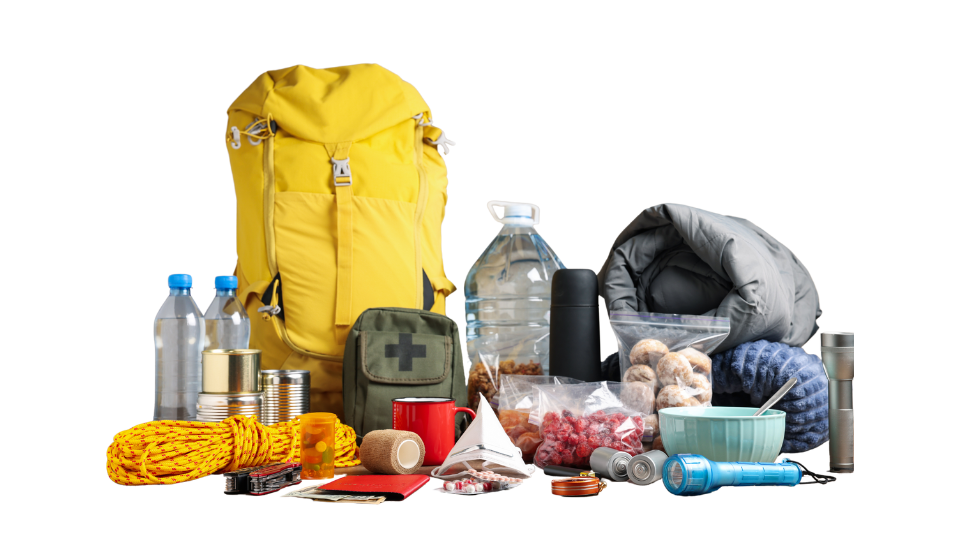
Situations Requiring Fire Without a Lighter
Fire is essential for warmth, cooking, and signaling for help. Several scenarios can require starting a fire without a lighter.

Natural Disasters
During earthquakes or floods, electricity and gas lines can be compromised, leaving you without conventional means to cook or stay warm. Being able to start a fire using methods like a bow drill or steel striker can be a lifesaver.
For example, using a bow drill involves creating friction by rapidly spinning a spindle against a fireboard, generating enough heat to produce an ember. Carefully transfer the ember to a tinder nest and blow gently until flames appear.
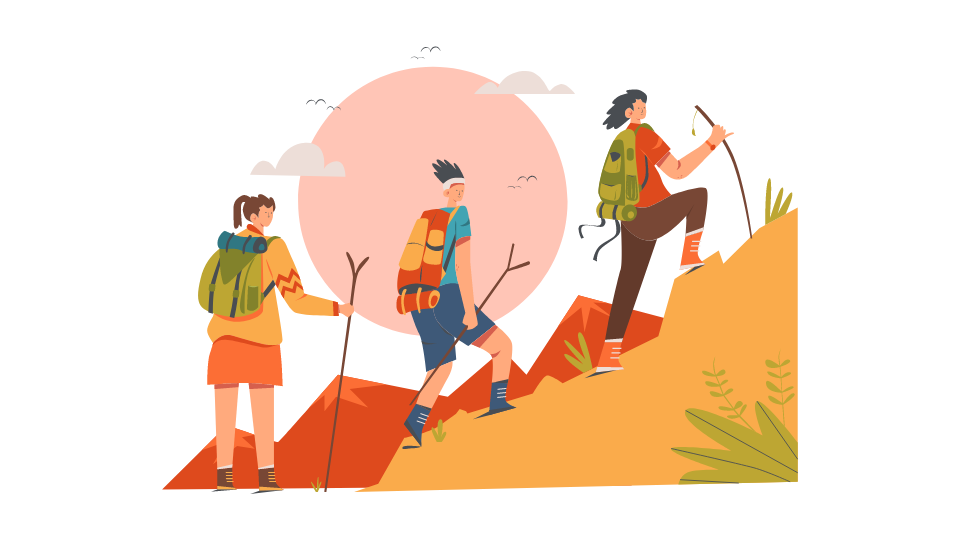
Outdoor Adventures Gone Wrong
Getting lost while hiking or camping without proper gear can quickly become dangerous, especially if weather conditions deteriorate. Knowing how to start a fire without matches or a lighter is necessary.
Methods like using a magnifying glass to focus the sun's rays on dry tinder or creating an ice lens to start a fire are valuable skills. Ensure the tinder pile is dry and well-prepared, with larger pieces of kindling ready to build the fire once it starts.

Survival Scenarios
In extreme cases, like being stranded in the wilderness or experiencing a vehicle breakdown in remote areas, fire is vital for survival. Techniques like using steel wool and a battery to generate sparks or employing a hand drill to create heat through friction can help.
The hand drill method involves rolling a pointed stick rapidly between your palms against a flat piece of wood to produce sufficient heat to ignite the tinder.
Methods to Start a Fire Without a Lighter
The following are fire-starting and friction methods:
Using a Magnifying Glass
Using a magnifying glass to start a fire is a classic method of fire-making that relies on harnessing sunlight. The glass lens focuses sunlight into a small point, creating enough heat to ignite the dried tinder. Do such primitive method by doing the following:
Choosing the Right Type of Magnifying Glass
Not all magnifying glasses are created equal. For fire starting, the lens needs to be convex and have a sufficient diameter to concentrate sunlight effectively.
A magnifying glass with a larger lens will gather more sunlight, making it easier to create heat. Ideally, the lens should be clear and free of scratches, which can diffuse the light and reduce its effectiveness.
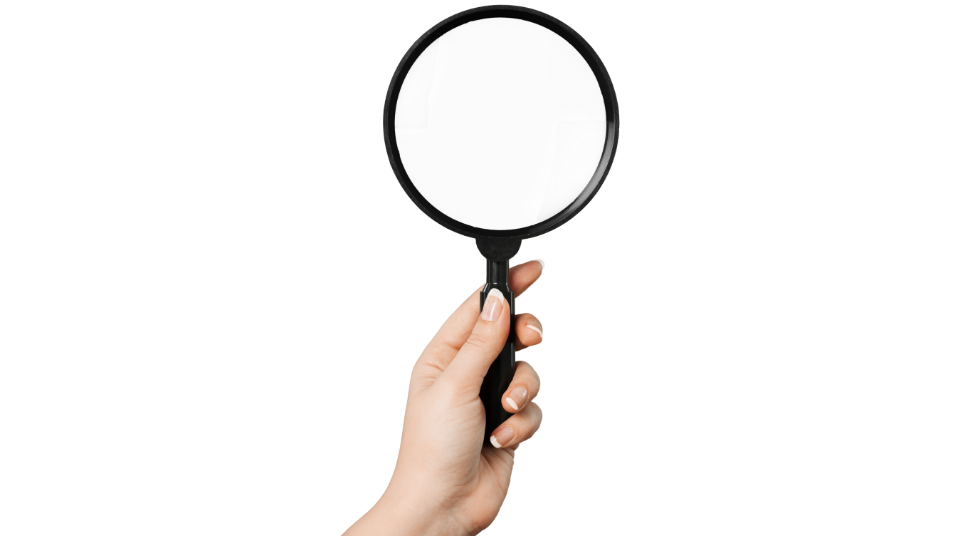
Finding Dried Tinder and Kindling
The success of starting a fire with a magnifying glass heavily depends on the quality of your tinder and kindling. Gather tinder such as dry grass, cotton balls, char cloth, or fine shavings from dry wood.
The tinder nest should be very dry and fluffy to catch fire quickly. Surround it with small pieces of dry kindling to sustain the flame once ignited.

Focusing Sunlight to Ignite Tinder
On a sunny day, position yourself so that the sun is directly overhead or at a suitable angle. Hold the magnifying glass about a few inches above the tinder nest.
Adjust the distance until you see the sunlight focusing on the smallest, brightest point possible. The concentrated point of light should be directed onto the driest part of your tinder. Hold the lens steady as the heat builds up.

Gently Blow to Nurture the Flame
Once the tinder begins to smolder, gently blow on it to introduce oxygen, which is essential for sustaining a fire. Blow gently and consistently, ensuring the embers grow.
As the fire starts to take hold, carefully transfer it to your prepared kindling. Add larger pieces of dry wood gradually to build your fire.
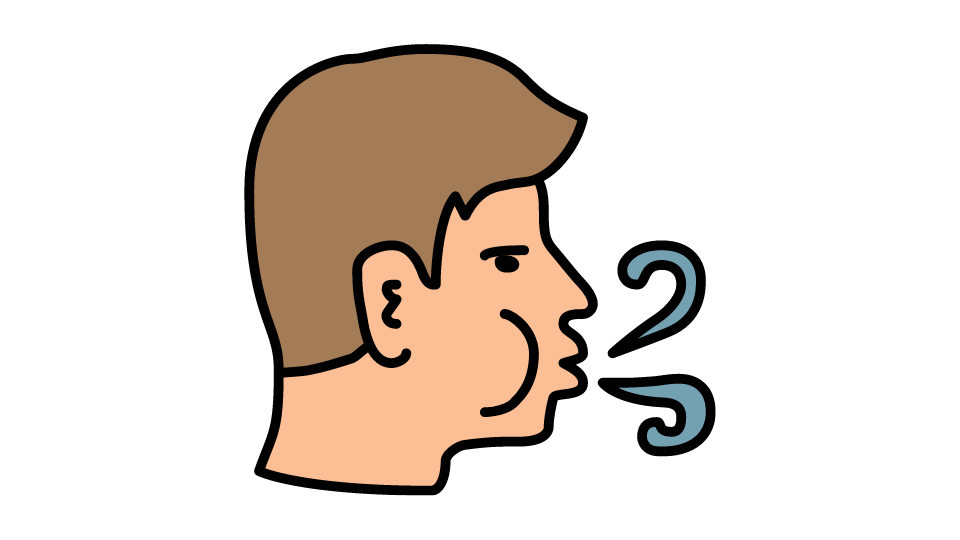
Using a Fire Bow Drill
The bow drill technique utilizes the friction generated by rapidly spinning a spindle against a hearth board to create enough heat to form an ember, which can then be transferred to a tinder nest and blown gently to ignite into a flame.
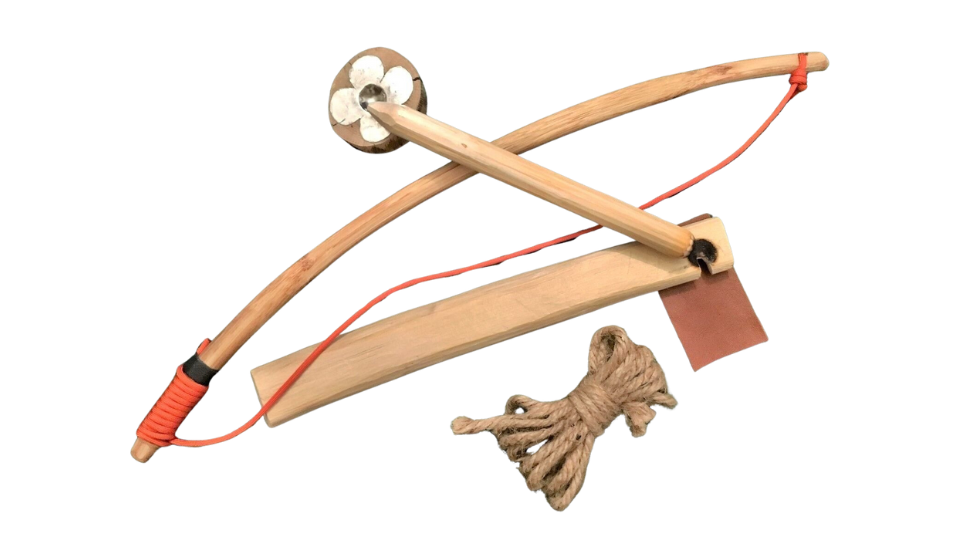
Assembling the Bow Drill
Begin by constructing your bow. Use a sturdy, slightly curved piece of wood and attach a cord, such as a shoelace or paracord, to both ends. The spindle should be about as thick as your thumb and carved to a point at both ends.
The hearth board is usually a flat, dry piece of wood with a small hole and a notch cut out to collect embers. The socket can be a small stone or piece of wood with a depression to hold the top of the spindle.
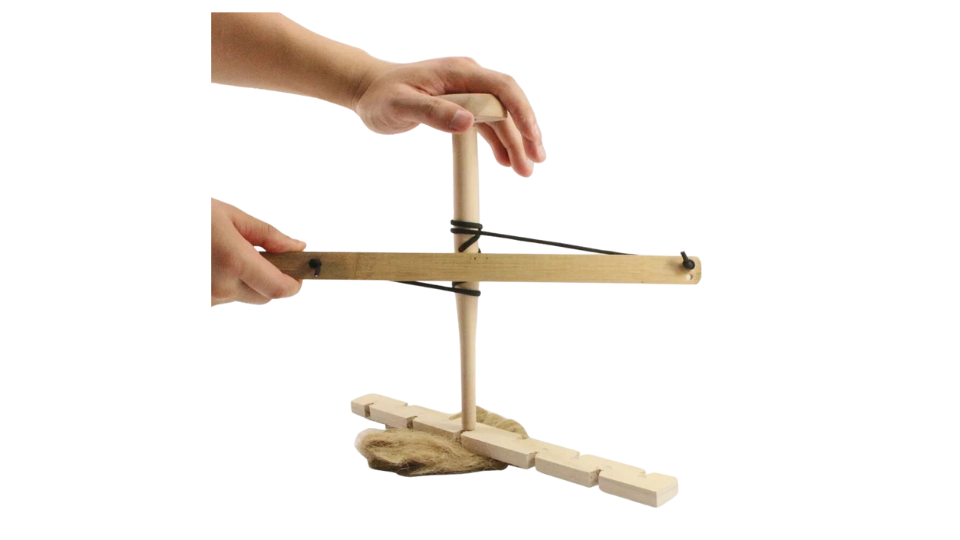
Drilling to Generate Friction Heat
Place the hearth board on the ground and stabilize it with your foot. Insert the pointed end of the spindle into the hole on the hearth board. Loop the bowstring around the spindle and hold the top of the spindle with the socket.
With a sawing motion, move the bow back and forth, spinning the spindle rapidly. Doing so creates friction between the spindle and the hearth board, generating heat to form an ember.
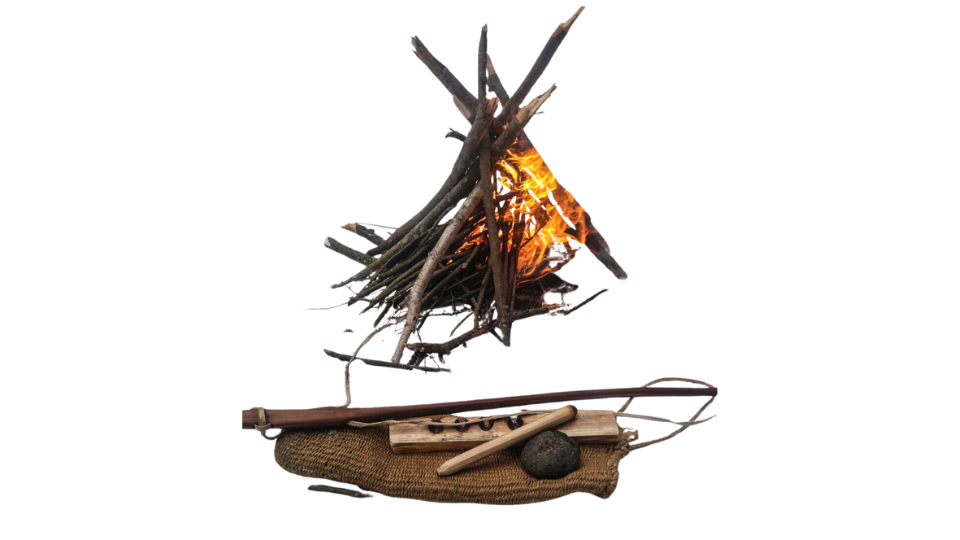
Transferring the Ember to Tinder and Gently Blowing to Ignite
Once you see smoke and an ember forming in the notch, transfer the ember to a tinder nest made of dry grass, leaves, or other dried tinder. Blow gently to ignite the tinder and create a flame. Continue to add larger pieces of dry kindling until you have a fire.
Using a Fire Piston
The fire piston consists of a small cylinder and a piston that compresses air rapidly to generate heat to ignite a small piece of tinder.
Loading the Tinder
First, place a small piece of char cloth or tinder into the end of the piston. Ensure the tinder is securely placed so it doesn't fall out during compression.

Using the Piston to Create Compression Ignition
Insert the piston into the cylinder and push down rapidly with force. The rapid compression of air inside the cylinder generates heat to ignite a few sparks in the tinder. Quickly remove the piston to check if the tinder has ignited. You should see a glowing ember on the char cloth.
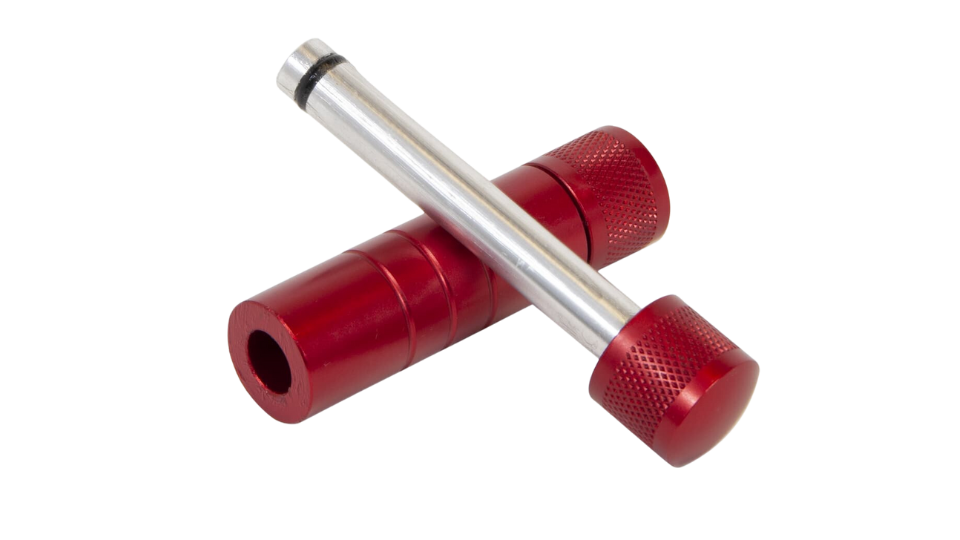
Transferring the Ember to a Tinder Bundle and Gently Blowing
Transfer the glowing ember to a tinder bundle. Blow gently to ignite the tinder, creating a flame. Gradually add larger parts of dry kindling to build your fire.
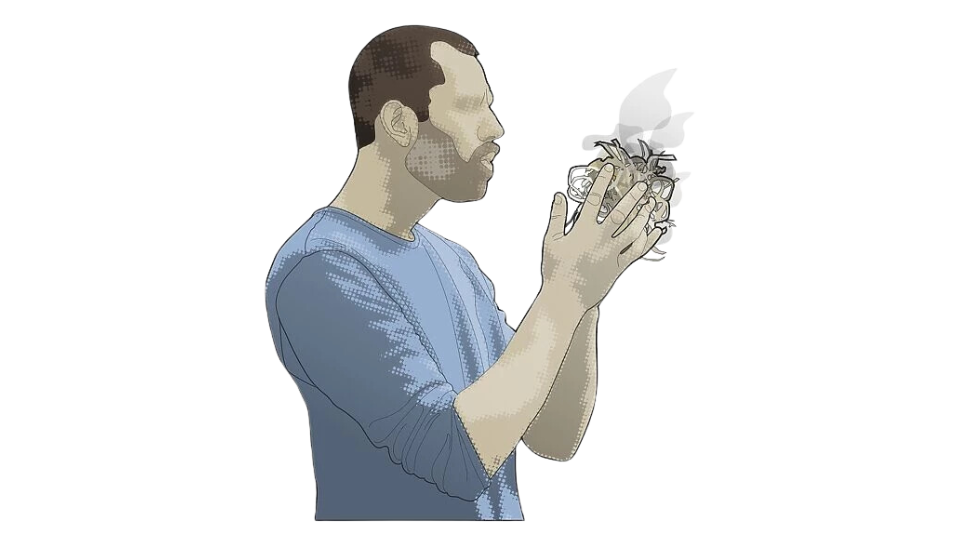
Using Flint and Steel
The flint and steel method involves striking a piece of flint against steel to create sparks that ignite a tinder bundle, such as charred fabric, dry kindling, or shredded bark. Flint and steel kits are lightweight, easy to carry, and effective in various weather situations. In building fires using flint and steel, do the following:
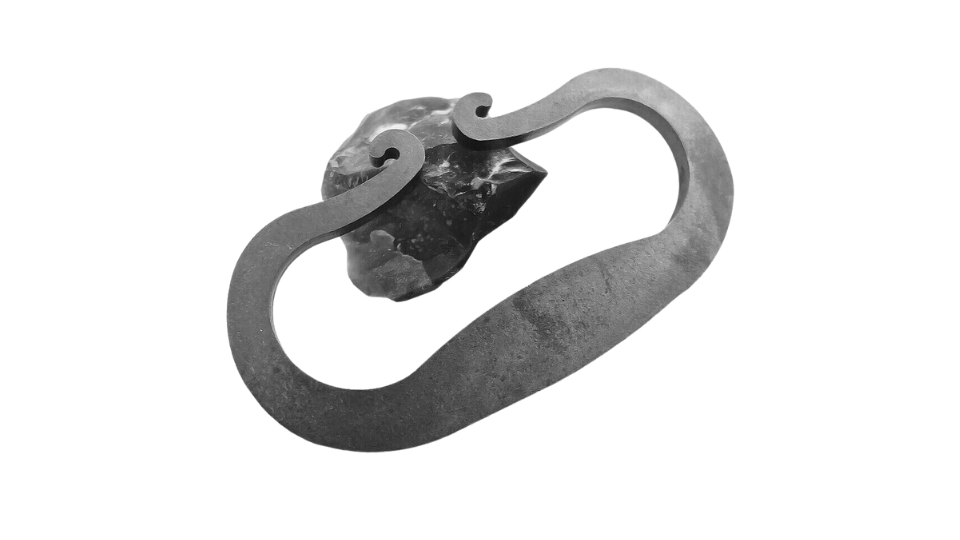
Striking Flint Against Steel
To generate sparks, hold the flint in one hand and the steel striker in the other. Strike the steel against the flint at an angle, creating small, hot sparks. The goal is to direct these sparks onto a piece of charred fabric or other tinder, which catches the sparks and begins to smolder.
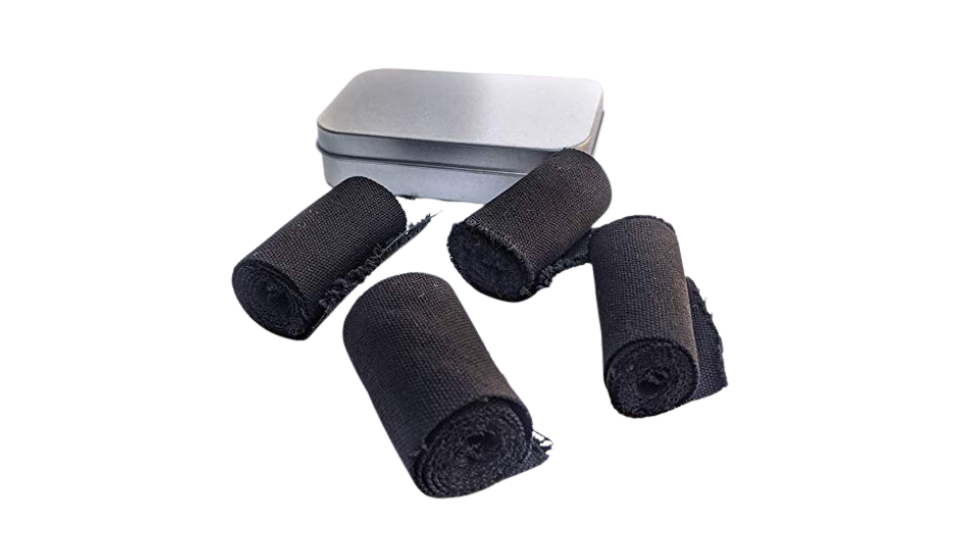
Catching Sparks on Charred Fabric
Charred fabric, made from natural fibers like cotton, is highly effective at catching sparks due to its low ignition temperature and ability to hold a spark. Place a small piece of charred fabric where the sparks will land. After striking the flint and steel, the sparks should ignite the charred fabric, creating a glowing ember.
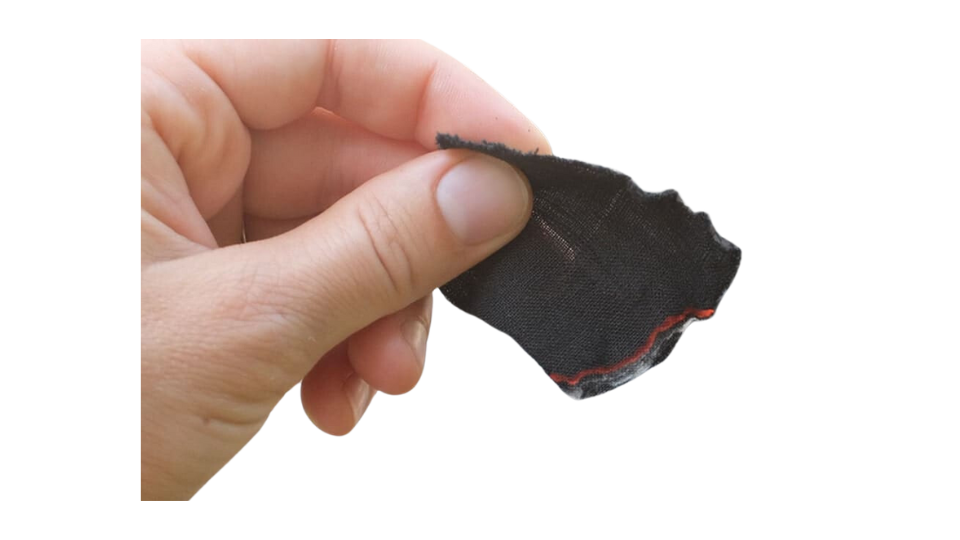
Building the Fire from the Ignited Charred Fabric
Once the charred fabric is ignited, transfer it to a tinder nest made of shredded bark, dry leaves, or other fine, dry kindling. Gently blow on the ember to encourage it to grow, gradually adding bigger pieces of dry wood chips.
As the flame builds, add larger sticks and branches until a stable fire is achieved. This method requires patience and practice, but with the right materials, it can be a reliable way to start a fire without a lighter.
Using a Fire Plough
The fire plough technique involves creating a groove in a base piece of wood and using a sharp stick to rub back and forth within the groove, generating friction fire.
Creating a Groove in the Base
Select a flat piece of dry lumber for the base and carve a straight, shallow groove down its length. This groove will guide the stick or plough, and concentrate the heat generated by the friction.

Rubbing the Plough Back and Forth to Cause Friction
Position the pointed stick at the end of the groove and apply downward pressure while moving it back and forth in a sawing motion. The friction between the stick and the base generates heat, and with enough effort, small particles of wood will start to smolder.
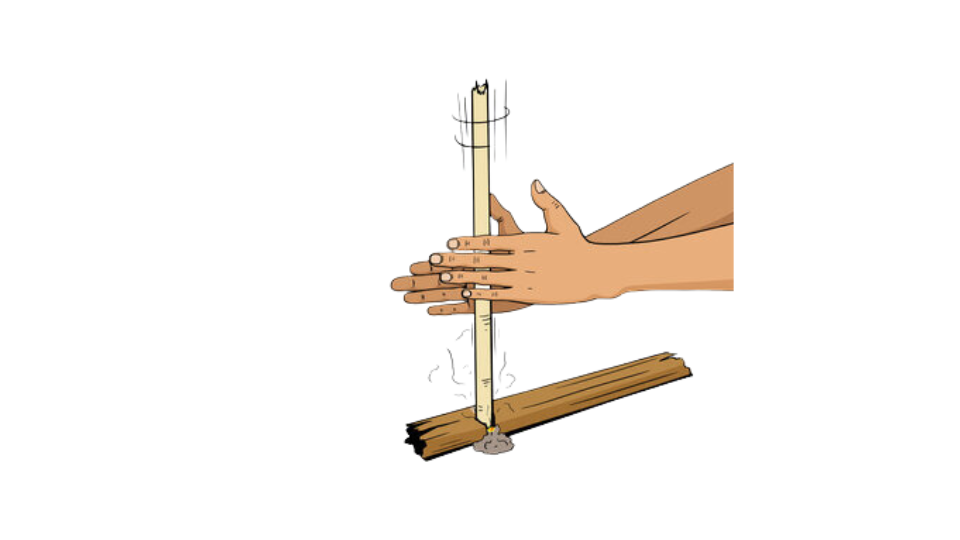
Igniting the Ember and Transferring It to Tinder
When an ember forms, transfer it to a tinder pile made of dry kindling such as shredded bark, leaves, or cotton balls. Gently muff on the ember to encourage it to ignite the tinder.
Gradually add larger parts of dry wood chips to build the fire. The fire plough method requires physical effort and patience but can be highly effective with practice.
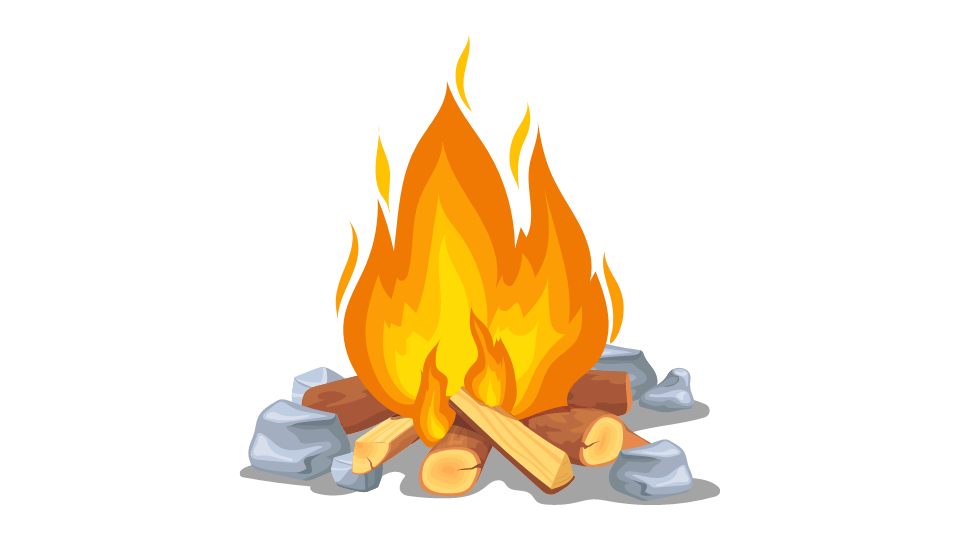
Conclusion
Mastering fire-starting methods without a lighter fluid is essential for survival and emergencies. Techniques like using a magnifying glass with a few drops of sunlight, a bow, or flint and steel offer reliable alternatives to lighter liquid. These skills, combined with essential tools in your emergency kit, ensure you're prepared to generate fire, cook food, and signal for help in urgent situations. Stay resourceful and self-reliant to enhance your safety and well-being.

Have any questions or would like to place an order? We'd love to help! Chat with our friendly customer service team by calling 1-844-945-3625, chatting in on our website or email us at customersupport@wildoaktrail.com. We look forward to hearing from you!
Leave a comment
Comments will be approved before showing up.